Mistletoe in Symbolism and Mythology
Good day dear Hive community, as always I would like to welcome you at the beginning of my post and hope you had a day that has brought one or the other positive experience into your life! In my new post, I would like to discuss the symbolism and mythology of a plant and hope you can expand your knowledge.
Here are some branches of mistletoe which are also known under the scientific name Viscum and the genus was described in 1753 by the well-known Swedish botanist and naturalist Carl Linnaeus (1707 - 1778). In the wild form it can be found in Eurasia as well as Africa and also the well-known of the Roman scholar Pliny the Elder and the Greek doctor Dioscurides already mentioned the plant and from an ecological point of view it is extremely valuable and the leaves offer some insects a great source of food and it is also of great importance for birds who feed on the berries especially in winter. From a symbolic point of view, it is often seen as a sign of protection and it can help to bring happiness or health and over the centuries a lot of symbolism has developed around this plant and often it was also seen as a sign of love or fertility and also in Norse mythology it was dedicated to the goddess of love Frigg and the berries are often described as her tears. In the Norse mythology it was also often seen as a symbolism for cold and gloomy winters and according to another legend, the Mistletoe was also associated with the father of the gods Odin and the blind son of him Hodr kills his brother Baldur with an arrow which was made of mistletoe branches and about this legend there are various traditions and according to other legends it is said that Loki would have killed him and there are also views that loki who also had the ability to transform into other persons hide behind the blind Hodr to fire the arrow.
In other cultures it was often revered as a magical plant and it is often said that the mistletoe is a gift from the gods and it is also important in Greek mythology and the hero Aeneas succeeded in the underworld with the help of mistletoe branches and made it out again and in addition, it was very revered in ancient Greece as a medicinal plant. As a medicinal plant, it was also often used by the ancient Celts or in the Middle Ages and the field of application was very diverse was often used to treat dizziness at the time and probably the old alchemists also used it to make medicines from it and it appears again and again in various pharmacopoeias in ancient times. As always, I would like to mention here that it is extremely important in case of illness, always ask your doctor or pharmacist of trust for the correct use as well as possible side effects to avoid complications! In the Middle Ages, people also thought that you could drive away negative influences with the help of the branches if you hang in front of your house and in other legends it was also associated with occultism or magic and in some other cultures they saw the places where mistletoes grew as a connection between the earth and heaven. In some countries, the mistletoe is also associated with rituals, as in Great Britain, where a day is dedicated to this plant which is celebrated in December and also in France it is of particular importance and used as a symbol of holidays in winter and the beginning of the new year. The mistletoe is often also found in art history and heraldry has also shaped it to some extent and can be found in different coats of arms and it can be seen how diverse this plant is in different cultures.
Thank you very much for stopping by and I hope you could learn something new about this exciting topic! I captured these pictures with my Camera Sony Alpha 6000 plus 55-210 mm lens!
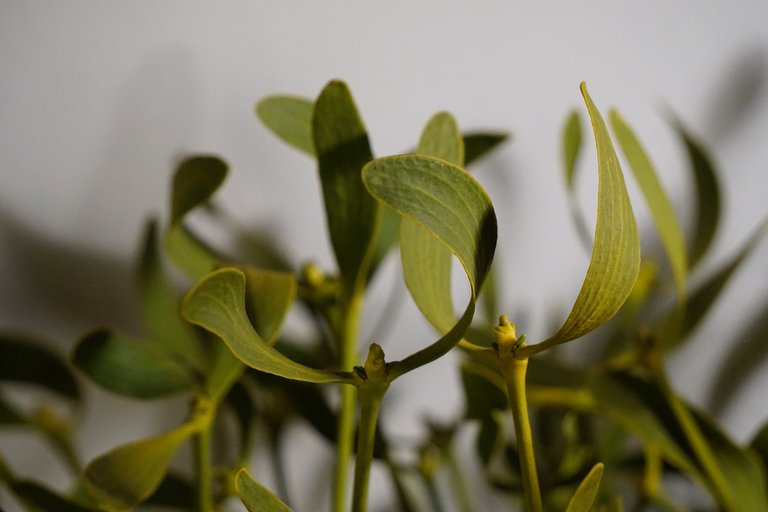
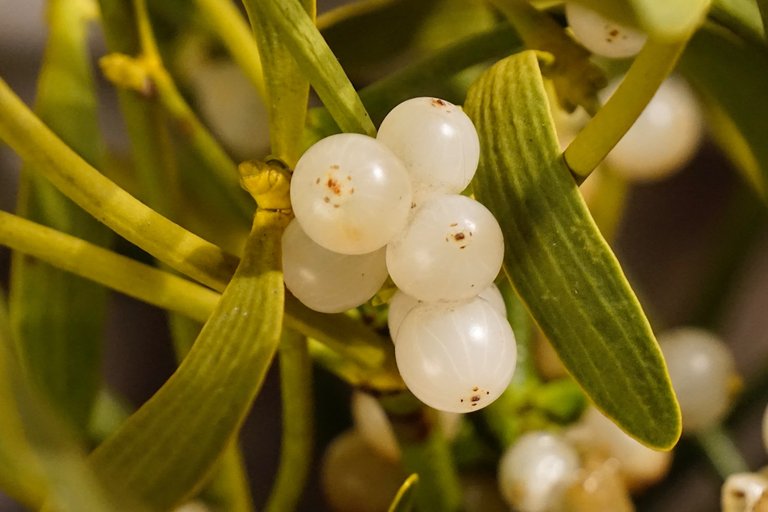
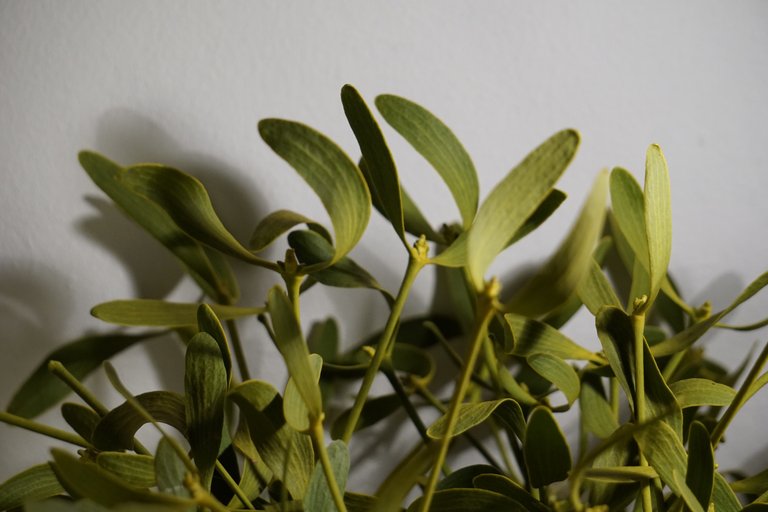
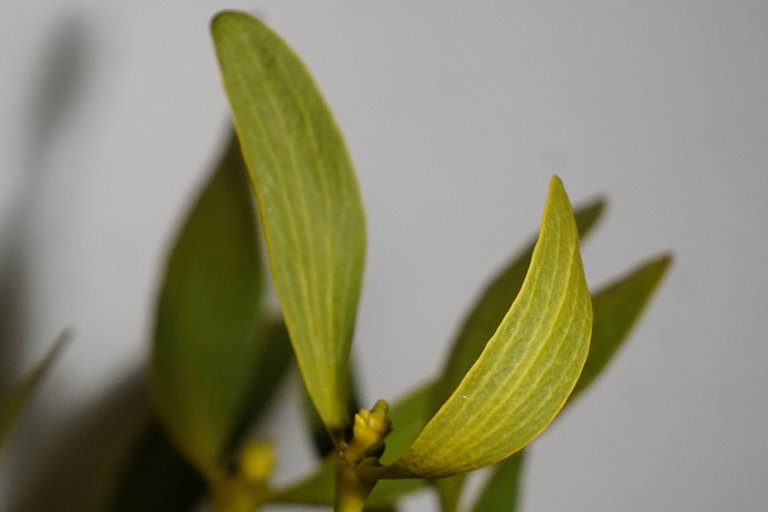
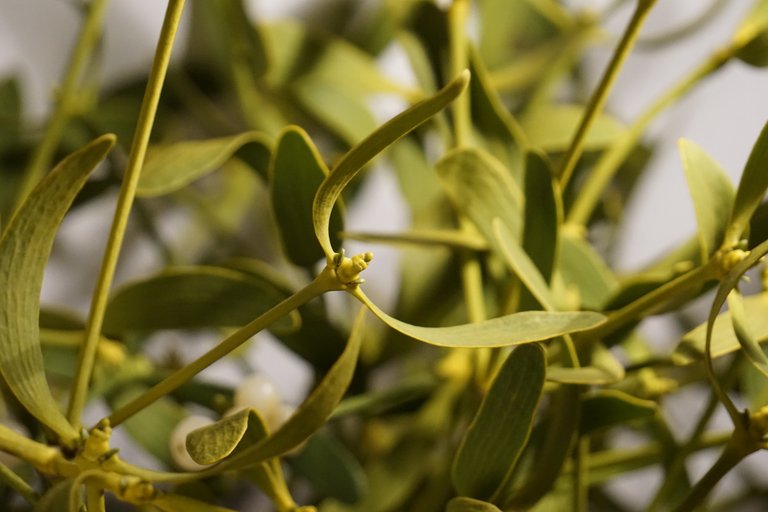
What an interesting creature this plant is! I don’t know if I’ve ever seen one; I vaguely remember seeing round green clumps on some leafless trees in forests of Eastern Europe, but can’t say if it was a mistletoe.
It’s interesting how it is attributed so many good qualities even though biologically speaking it’s a parasitic creature that feeds through host trees. It can even lead to the host tree dying in several years if the tree gets heavily overwhelmed with many mistletoes.
Thank you for taking the time to look at my post and great that you were able to learn something new :) Happy that you address this important topic, it’s really amazing how diverse this plant is!
https://twitter.com/jewellery_all/status/1737939155022450838
So much symbol attached to this plant
True :)
Yea
https://twitter.com/adenijiadeshin7/status/1737940570100703490?t=tcAexdgTbKEQk1fxS6JlIg&s=19
So lovely and its berries are especially so beautiful in color and taste will be good that's why birds like it.
Good to know that you also keep an eye on the ecological benefits :)
So much of symbol attached to this and it is good
That’s true! It is really deeply anchored from a symbolic point of view and is often associated with the current holidays in December such as Christmas, but if you know the symbolism and mythology you know how far-reaching the topic is.
We love the natural things that happen because such things cannot be made by man himself.
You definitely found the right words :)
Thanks alot.
https://twitter.com/lee19389/status/1738616958147612849
#hive #posh
https://twitter.com/LovingGirlHive/status/1739569264762474959
I hope one day I can get to meet this interesting plant in person!
I'm glad you were able to learn something new about nature :)